Description
Phalsa “Grewia asiatica”- Plant
The Phalsa plant, technically known as Grewia asiatica, is a mesmerizing and one-of-a-kind botanical specimen native to India. This little deciduous tree belongs to the Malvaceae family and thrives in India’s tropical and subtropical climates, particularly in the north.
Phalsa is well-known for its adaptability, bearing small, sweet-tasting fruits that are not only tasty but also high in critical nutrients and antioxidants. These berries are easily identified due to their unusual deep purple color.
The Phalsa plant’s ability to adapt to a wide range of soil types is one of its primary characteristics. Making it an excellent addition to both home gardens and commercial farms. Furthermore, people prize its berries for their medicinal properties, which include anti-inflammatory and digestive effects.
Finally, the Phalsa plant is a magnificent botanical gem of India, valued for its adaptability, nutritional value, and distinct flavor, and it continues to thrive in its natural habitat.
Caring Tips:-
- Location: Plant your Phalsa in a sunny spot where it will get at least 6-8 hours of direct sunshine per day.
- Soil: To achieve optimal development, make sure you have well-drained and slightly acidic soil. Adding ample organic matter, such as compost, will enhance soil quality.
- Watering: Phalsa plants require constant irrigation, especially during dry seasons. Keep the soil damp but not wet.
- Pruning: Pruning your Phalsa plant on a regular basis can keep it in shape and encourage new development.
- Fertilization: During the growing season (spring to early summer), feed your Phalsa with a balanced, slow-release fertilizer.


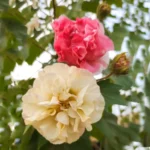
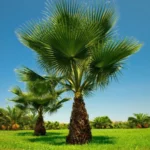
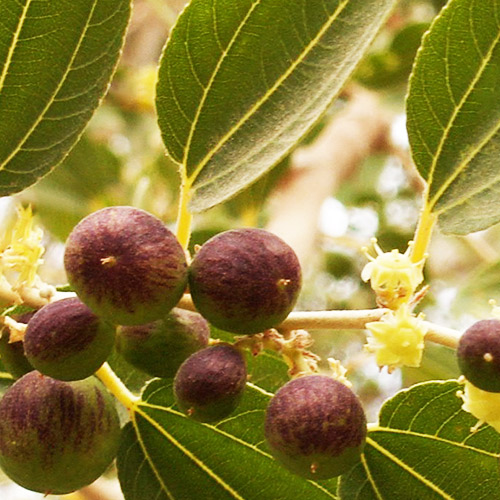
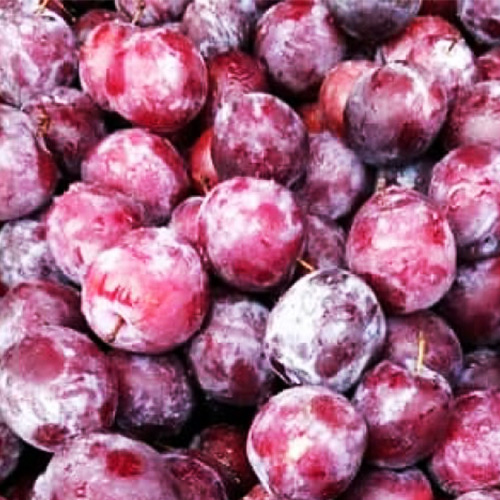
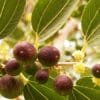
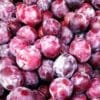
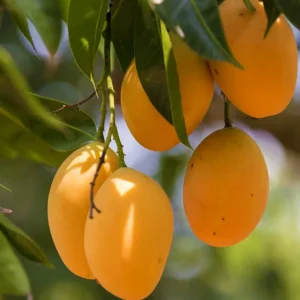

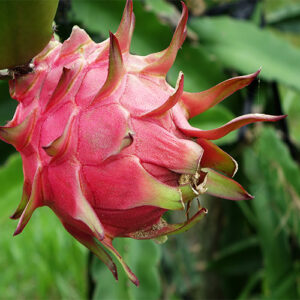
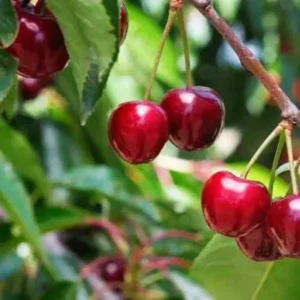
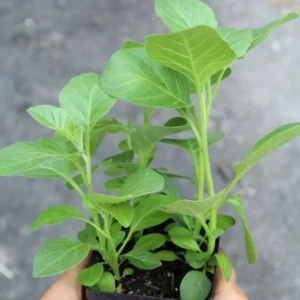

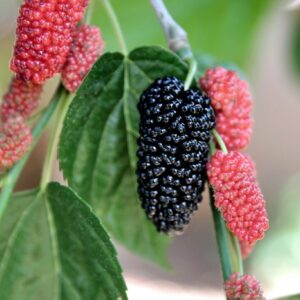
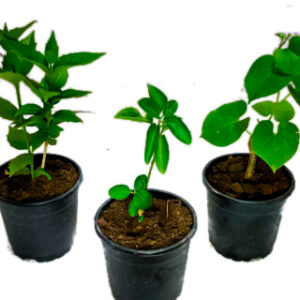
Reviews
There are no reviews yet.